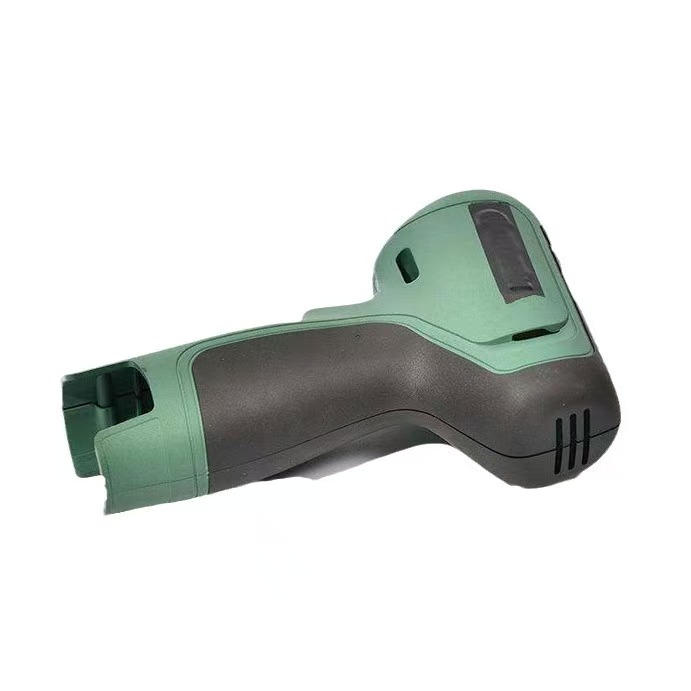Toggle Navigation

Two-color (bi-color) injection molding has emerged as a transformative technology, it enables the production of visually striking and performance-enhanced parts by integrating two distinct plastic materials—delivered through a single, highly efficient cycle.
Also known as two-shot molding, this process uses a dedicated injection molding machine equipped with two injection units. It allows two different thermoplastics to be injected sequentially into the same mold, resulting in a single part with distinct color contrasts or material properties—without the need for secondary operations like painting or assembly.
Two-color molds are classified based on their mechanical operation:
Core Rotation Type: Most commonly used, available in two subtypes:
Split Type: Utilizes two separate mold sets on the same machine.
Integrated Type: Achieves two-color molding within a single mold set.
Core Pullback Type
Rotating Plate Type
Among these, the split-type core rotation mold is the most widely adopted due to its flexibility and cost-effectiveness in diverse production environments.
Designing a two-color mold demands exceptional precision and a deep understanding of material behavior. Key technical features include:
Precise alignment of mold halves during rotation for consistent product quality.
Optimal cooling channel balance between mold components to improve efficiency.
Smart venting and sealing to avoid defects such as deformation or flash.
Injection sequence management—typically injecting rigid materials first, followed by softer materials—to minimize stress and maintain structural integrity.
Special attention must also be paid to sprue design, ejection feasibility, and the impact of second-shot plastic flow on the previously molded substrate.
Two-color injection molding offers distinct advantages over traditional single-material processes:
Enables use of low-viscosity core materials, reducing injection pressure.
Supports incorporation of recycled materials in non-visible cores for cost and sustainability gains.
Facilitates functional layering—such as soft-touch exteriors with hard internal supports.
Allows for premium material use in only surface layers, improving performance while managing costs.
Unlocks creative design opportunities like multi-color branding or marble-textured finishes.
Multi-material and multi-color injection technologies is rapidly redefining manufacturing standards. As consumer demand shifts toward high-quality, value-added products, companies are increasingly adopting these advanced processes to gain a competitive edge.
To fully leverage this trend, manufacturers must invest not only in cutting-edge equipment but also in experienced engineering teams capable of managing the complexity and creativity that two-color molding enables.
Conclusion
Two-color injection molding represents far more than just a manufacturing technique—it’s a strategic asset for forward-thinking businesses. By combining performance, efficiency, and design flexibility, it empowers brands to deliver products that stand out in both function and form.